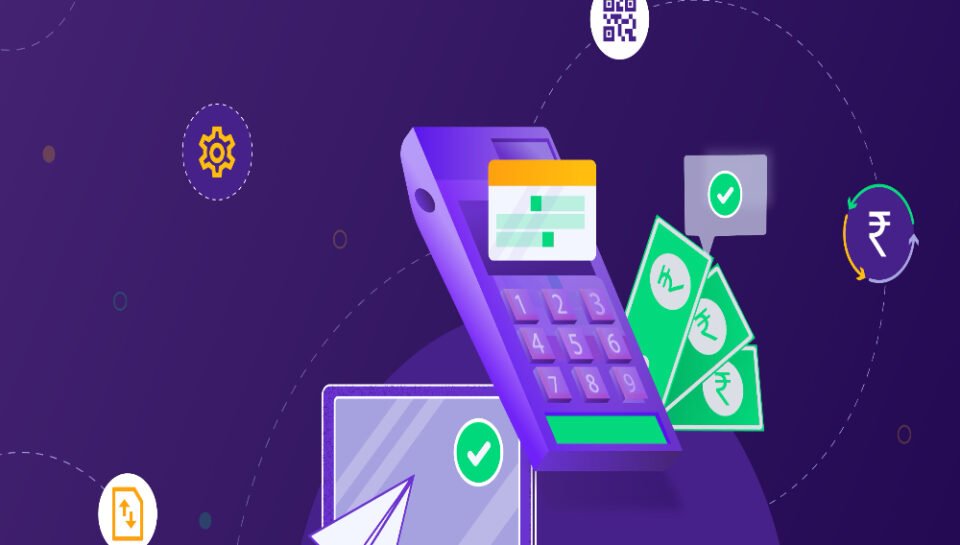
Describe the technical requirements for integrating payments on a website
INTRODUCTION
As more businesses transition to digital commerce, integrating online payment functionality becomes essential. However, embedding a payment system into a website involves more than just adding a button. It requires specific technical frameworks, infrastructure, and compliance measures to ensure transactions are smooth, secure, and scalable. Whether you’re using a hosted solution or building a custom integration, understanding the technical requirements is crucial for a successful deployment. This guide breaks down the core technical elements involved in setting up web payment integration.
SECURE SOCKET LAYER (SSL) CERTIFICATE
An SSL certificate encrypts data exchanged between the user’s browser and your web server. It is the first line of defense for securing payment data. Without SSL, modern browsers will flag your site as “Not Secure,” undermining user trust and potentially halting transactions altogether.
PAYMENT GATEWAY ACCOUNT SETUP
A payment gateway acts as the bridge between your website and the bank. To begin integration, you need to register and configure an account with a payment provider such as Stripe, Razorpay, PayPal, or Square. This account will provide you with API keys, client IDs, and sandbox environments to test your implementation.
MERCHANT ACCOUNT OR AGGREGATOR SERVICE
Some payment gateways require a dedicated merchant account—a type of bank account that holds funds before transferring them to your business account. Alternatively, aggregator services like Stripe and PayPal bundle this functionality, making setup easier for smaller businesses but potentially limiting customization options.
FRONTEND PAYMENT FORM DEVELOPMENT
You need to create or embed a payment form where users can enter card details or choose payment methods. This form must be responsive, user-friendly, and PCI-compliant. Some services offer pre-built hosted forms, while others require custom HTML/CSS/JavaScript development using secure SDKs or libraries.
API INTEGRATION WITH BACKEND SYSTEMS
Most payment providers offer RESTful APIs or GraphQL APIs for integration. Your backend (built in Node.js, PHP, Python, Java, etc.) will communicate with the gateway to initiate, confirm, and log transactions. You’ll use endpoints for operations such as tokenizing card details, validating payments, issuing refunds, and retrieving transaction histories.
TOKENIZATION AND ENCRYPTION
To avoid handling raw card data directly, most gateways use tokenization—the process of converting sensitive information into non-sensitive tokens. These tokens are used to process payments securely. Implementing this requires JavaScript libraries and SDKs provided by the gateway, reducing PCI burden on your server.
PCI DSS COMPLIANCE CHECKS
If you collect, store, or transmit cardholder data, you must comply with Payment Card Industry Data Security Standard (PCI DSS). Depending on your integration method, this could require completing self-assessment questionnaires, implementing specific encryption protocols, and setting up firewalls and access control systems.
SERVER-SIDE SECURITY AND VALIDATION
The backend must validate incoming data to prevent fraud or unauthorized transactions. This includes CSRF protection, input sanitization, and webhooks validation to verify the authenticity of real-time events like successful payments or failed transactions sent by the gateway.
DATABASE INTEGRATION AND RECORDKEEPING
All payment activity—such as orders, statuses, and refund logs—should be captured in your relational or NoSQL database. This allows for accurate reporting, analytics, and customer support. Design your schema to securely store reference IDs, order values, timestamps, and user associations.
SANDBOX TESTING AND ERROR HANDLING
Before going live, use the sandbox (test) environment provided by your payment gateway to simulate different transaction scenarios. You should also implement error-handling logic to manage declined payments, expired cards, and other common issues, ensuring users receive clear feedback and redirection if needed.
CONCLUSION
Integrating payments into a website is a technically complex yet rewarding process that touches on security, backend development, compliance, and user experience. By fulfilling these technical requirements—ranging from API integration to PCI compliance—you create a reliable infrastructure that supports trust, scalability, and business growth. Whether you’re using a plug-and-play solution or custom-building your integration, proper planning and execution are key to successful online transactions.
HASHTAGS
#PaymentIntegration #OnlinePayments #WebDevelopment #EcommerceTechnology #PaymentGateway #SSL #PCICompliance #Tokenization #PaymentSecurity #RESTAPI #FrontendDevelopment #BackendIntegration #SandboxTesting #WebSecurity #DigitalTransactions #PaymentAPI #TechInfrastructure #JavaScriptSDK #MerchantAccount #StripeIntegration #PayPalAPI #DatabaseIntegration #SecureCheckout #PaymentSystem #CSRFProtection





